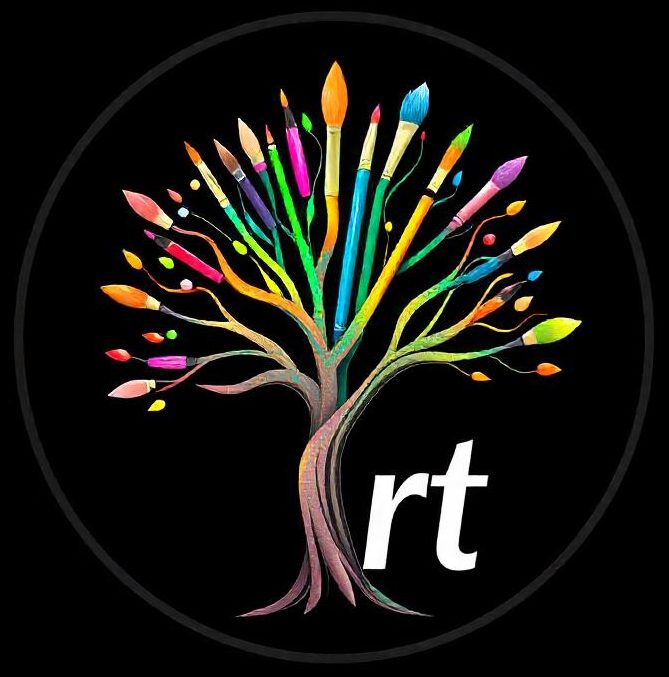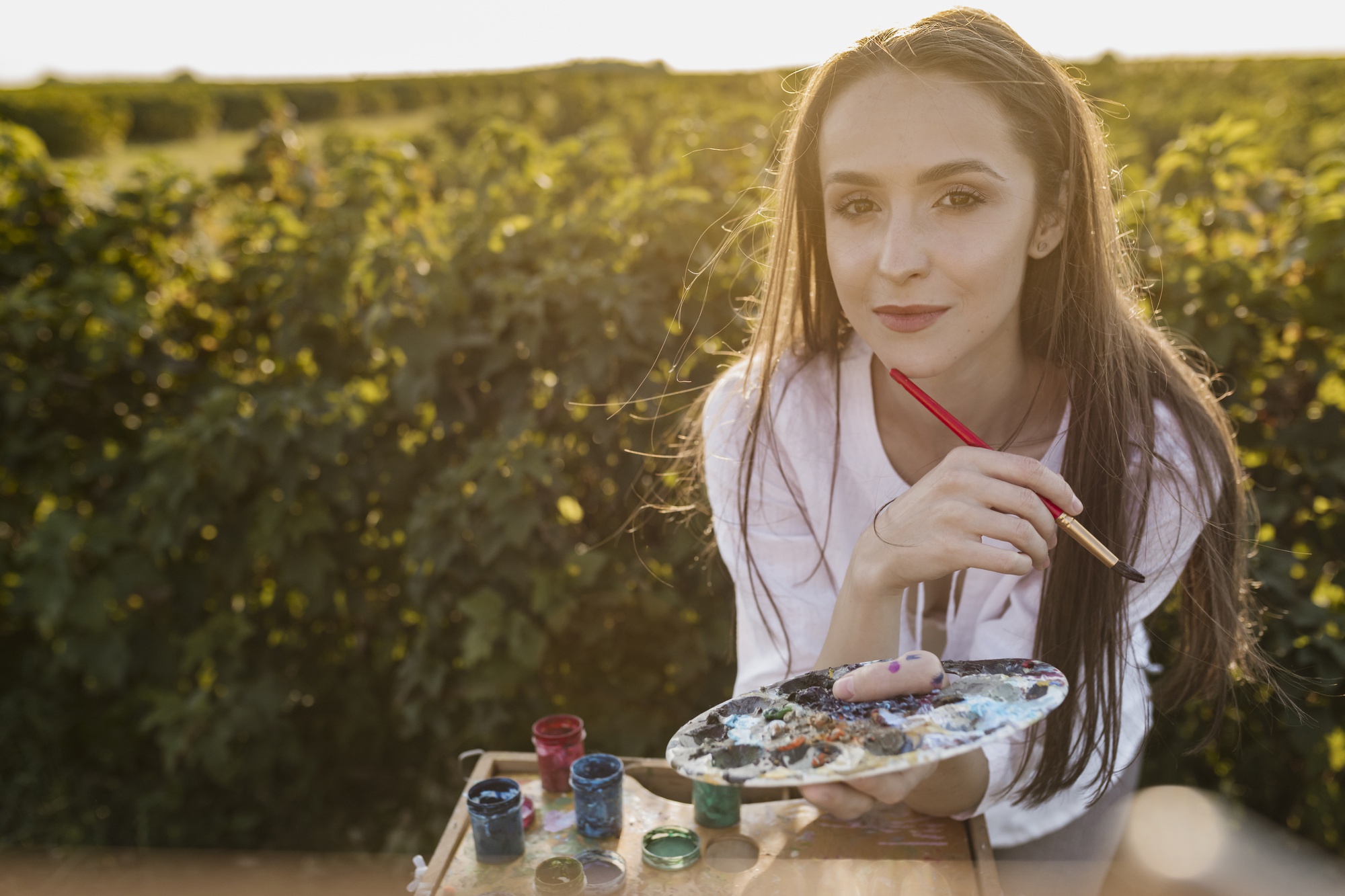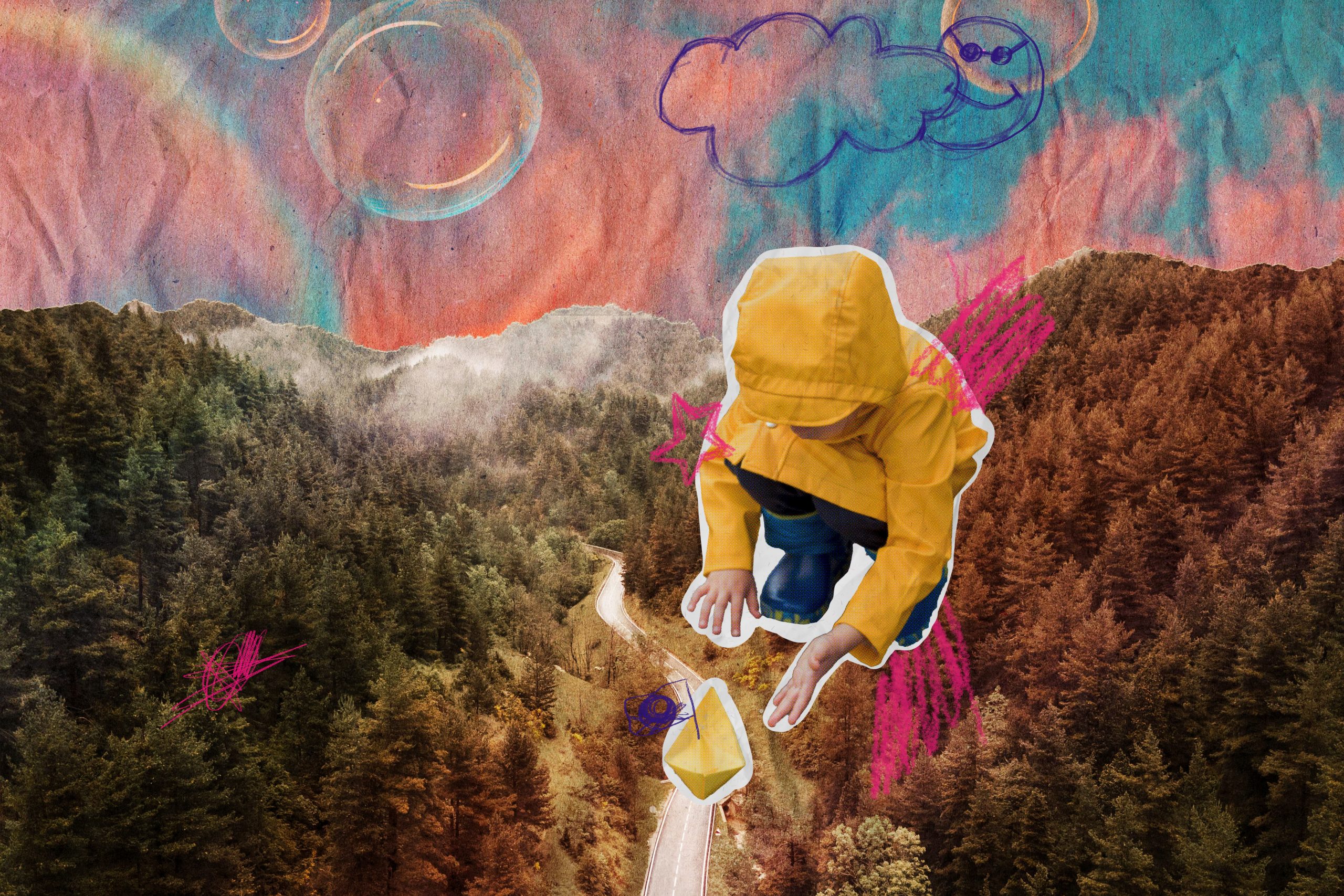Emily Harris is a contemporary artist known for her fearless use of color and dynamic compositions. With a career spanning over two decades, she has become a leading figure in the world of modern art. Her vibrant works have captivated audiences around the globe, offering a fresh perspective on the emotional and psychological power of color. In this article, we explore Emily’s unique artistic approach and the deeper meanings behind her colorful creations.
Q: Emily, your work is recognized for its striking use of color. How did you develop this bold approach to color in your art?
Emily Harris: Color has always been a vital part of my life, even before I became an artist. I’ve always been drawn to the way certain colors can evoke specific emotions, memories, and even moods. When I first began painting, I focused primarily on form and composition. But as I grew as an artist, I realized that color could be the main driver of a painting, not just an accent or background. I began experimenting with bold, contrasting colors, and I found that it gave my work a new energy and depth. For me, color is a language—it tells a story that words sometimes can’t.
Q: You often work with vibrant, contrasting palettes. How do you choose your color combinations, and what do you hope to achieve with them?
Emily Harris: My process is very intuitive. I start by feeling a particular emotion or concept I want to express. Then, I let the colors guide me. Sometimes I’ll choose a color because it evokes a specific feeling—red can feel intense and passionate, while blue might convey calm or sadness. I often use contrasting colors because they create tension and vibrancy in the piece. The contrast makes the viewer’s eye move around the canvas, and the colors interact with one another in a way that can mirror the complexity of life itself. I hope to achieve a sense of harmony, even when the colors are opposites. There’s beauty in the conflict, in how colors can complement or challenge each other.
Q: Your use of color feels almost emotional, as though it represents something deeper. Is there a personal connection to the colors you use in your work?
Emily Harris: Absolutely. Color is very personal for me. Certain colors are tied to specific memories or feelings. For example, I often use deep shades of purple, which remind me of sunsets from my childhood. I also love working with yellows and oranges, which feel like energy to me—like life and vitality. I think that’s why I gravitate towards these colors. They’re not just aesthetic choices; they’re a reflection of who I am, how I feel, and the experiences that have shaped me. When I use these colors on the canvas, they carry those emotional weights with them.
Q: How do you think color impacts the viewer’s perception of your work? What kind of response do you hope to evoke from them?
Emily Harris: Color can be incredibly powerful in shaping how someone experiences art. It can immediately create an emotional connection or reaction. For example, when I use bright, bold hues, I hope it energizes the viewer, almost like a burst of optimism. On the other hand, softer tones or more subdued colors might evoke introspection or calm. I want my work to spark a response, whether it’s joy, contemplation, or even discomfort. I believe art should make people feel something, and color is a direct way to elicit those emotions. I love hearing from people about how my work makes them feel, because it often resonates with them in ways I hadn’t even anticipated.
Q: Your work seems to have an element of storytelling, where color becomes a character in its own right. Can you elaborate on this idea?
Emily Harris: Yes, that’s a wonderful way to put it! I view color as more than just a visual tool—it’s like a character in the narrative of my artwork. Each color has its own personality, its own presence. Some colors may speak loudly, while others are more subtle and quiet. They interact with each other like characters in a play or actors on a stage. In my paintings, I try to allow the colors to tell their own story, as much as the form or texture of the piece. It’s about creating a dynamic interaction, almost like a conversation between the colors. Through this, I think the viewer can find their own meaning in the work.
Q: Can you share any insights on your latest collection or upcoming projects?
Emily Harris: I’m currently working on a new collection that explores the theme of “emotional landscapes.” I’m looking at how color can represent internal states, like anxiety, happiness, or peace. I’ve been experimenting with larger-scale works and more mixed media, using texture and layering in conjunction with my usual bold color choices. It’s an exciting project because it’s allowing me to push the boundaries of what color can do and how it can interact with other materials. I hope this new collection will evoke a deeper sense of personal connection for the viewer, and help them explore their own emotional landscapes.
Q: What do you hope people take away from your art? How do you want your work to resonate with the audience?
Emily Harris: I hope my work makes people feel something powerful—whether it’s an emotional release, a sense of empowerment, or just an appreciation for color. Art is a deeply personal experience, and I want my paintings to connect with viewers on that level. I want them to see color not just as something to look at, but as something that speaks to them, something that mirrors their own experiences. My hope is that my art inspires others to look at the world around them with a renewed sense of vibrancy and possibility.
Conclusion
Emily Harris’s exploration of color is a testament to the emotional power of art. Her dynamic use of color not only breathes life into her paintings but also allows for a deep connection with her audience. Through her work, she encourages us to embrace the full spectrum of human emotions and find beauty in every shade. As her art continues to evolve, we can expect even more vibrant and bold creations that speak to the heart.



